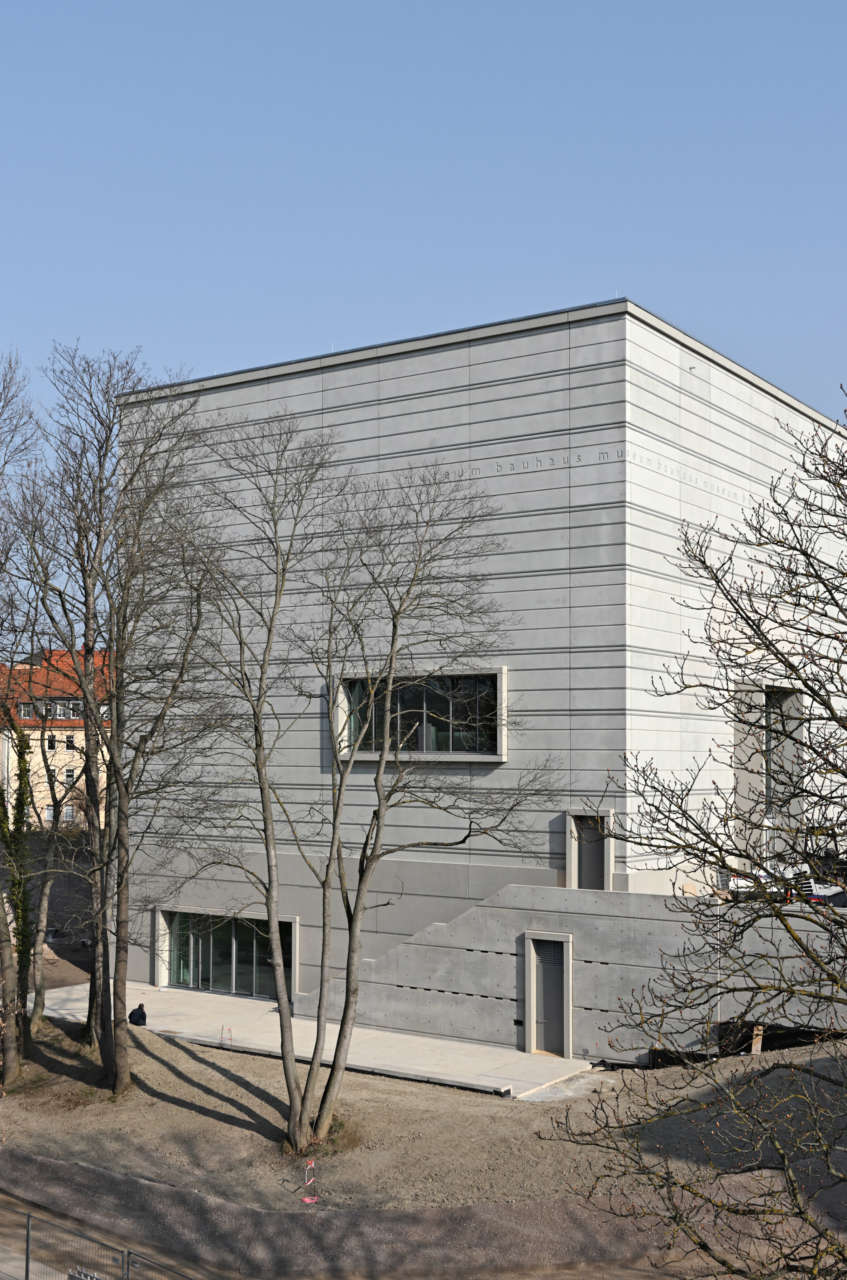The new museum dedicated to the Bauhaus school in Weimar was inaugurated on the day of the 100th anniversary celebrations from when the school opened in 1919 under the direction of Henry van de Velde until 1925 and then moved to Dessau the following year. The building - called the Bauhaus Museum Weimar - looks like a large concrete monolith in which more than 13,000 pieces created during the school years are on display.
German designer Heike Hanada says that: "After many years of planning and construction, the time has finally come: the completion of a building with a strong urban presence".
The large concrete box is only broken at street level to mark the entrance to the museum, which has five floors of exhibitions. Located near the Gauforum square and the Neue Museum Weimar, "The new Bauhaus museum in Weimar is reduced to a well-defined geometric form. The light grey concrete envelope gives the cube stability and dynamic solidity," said the designer.
"The role of the museum is defined by its responsibility as a public space of the city," said Hanada. "With elements such as plinths, bands, portals, stairs and a terrace overlooking the park, the architecture incorporates classical themes that underline its public character.
The collection is organized to inform visitors about the history of the design school, with the gallery on the first floor dedicated to its origins in Weimar and the Bauhaus manifesto that Walter Gropius wrote in 1919.
The inauguration of the Bauhaus Museum is accompanied by the reopening of the Neues Museum, which has been restored and where the exhibition Van de Velde, Nietzsche and Modernism Around 1900, dedicated to early 20th century modernism, is currently underway.







